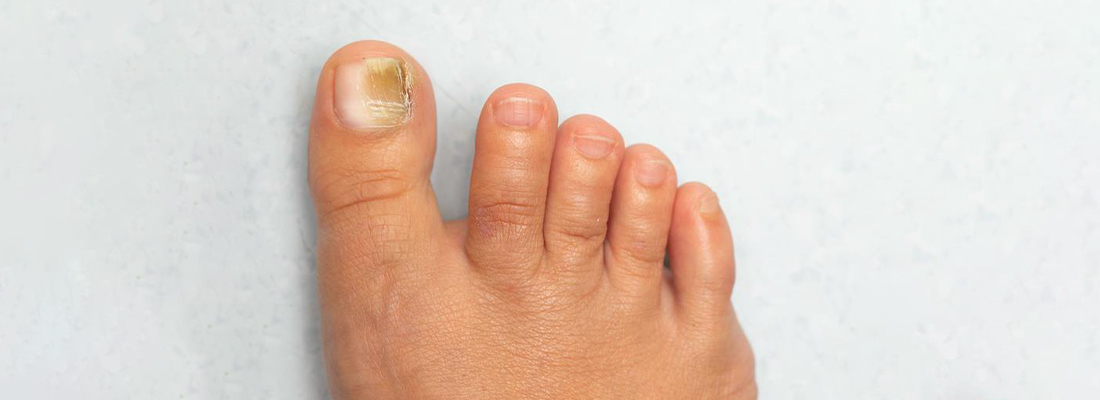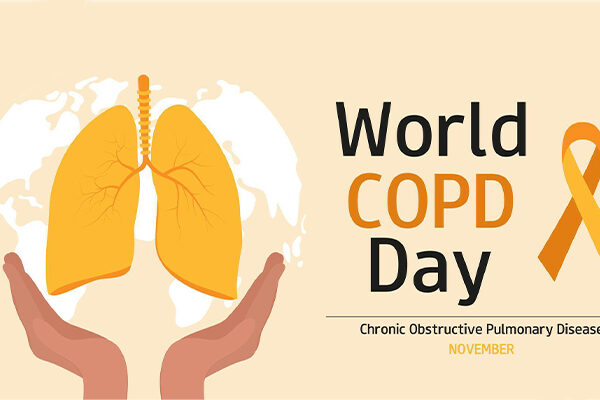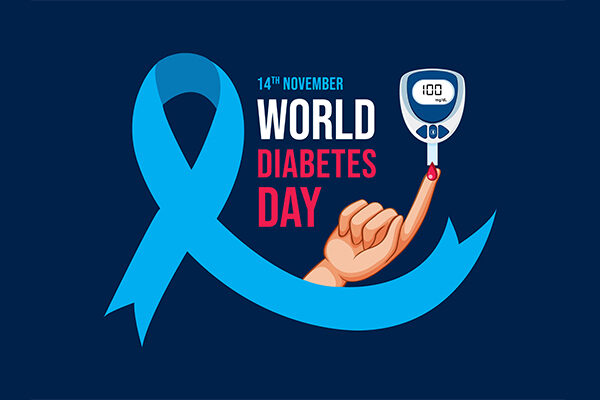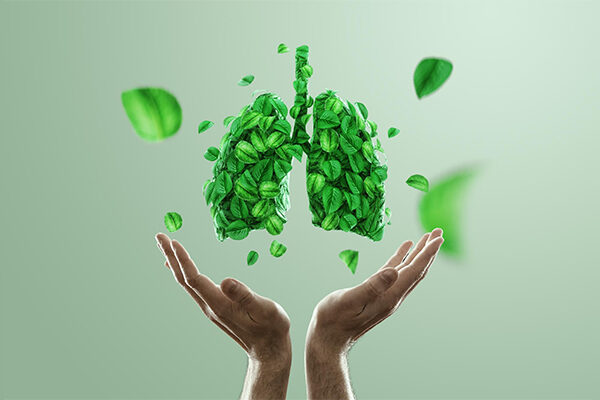
Ever thought your nails could be whispering secrets about your kidneys?
Sounds bizarre, right? But here’s a fun fact to kick things off: your fingernails grow an average of 3.5 millimeters per month, and while they grow quietly, they can speak volumes about your internal health. Specifically, your kidneys.
Nails might seem like small, insignificant parts of your body. But in reality, they can act like tiny windows into your overall wellness. So, if you’ve been noticing changes in color, texture, or shape, your body could be trying to tell you something, especially when it comes to your kidneys.
Let’s dig a little deeper and understand what your nails are revealing and how to catch the signs of trouble before it becomes serious.
What Do Kidney Disease Nails Reveal About Your Health?
Your kidneys filter waste from your blood, balance your body’s fluids, and help regulate blood pressure. When they’re not functioning properly, those disruptions show up in the oddest places, including your nails.
One classic condition related to poor kidney function is half-and-half nails (also known as Lindsay’s nails). These nails are characterized by a whitish upper half and a darker, red-brown lower half. According to a clinical observation published in the National Library of Medicine, this nail change appears in up to 40% of patients with chronic kidney disease (CKD).
Other signs of kidney disease nails symptoms include:
- Pale or white nail beds
- Ridges running from top to bottom
- Splitting or brittleness
- Yellowing of the nails
- Thickened or spoon-shaped nails
When these symptoms arise, they can sometimes be dismissed as nutritional issues or aging. But here’s where it gets interesting, these subtle nail changes might be the first indicators of kidney failure nails.
In fact, a study published in the International Journal of Nephrology and Renovascular Disease (2022) confirmed that nail abnormalities are more than just cosmetic issues; they are predictive markers of chronic kidney failure and should be taken seriously.
When Your Nails Wave a Red Flag
Imagine this: You’re trimming your nails and suddenly notice a weird brown band across the bottom. Or your nails start to split in odd ways. Instead of brushing it off, ask yourself, could my kidneys be struggling?
Here’s what to look out for:
- Clubbing: This is when the tips of the fingers enlarge and the nails curve around them. It’s not just linked to lung issues, kidney disease nails can include clubbing, which may occur due to chronic hypoxia or the buildup of toxins in the blood.
- Beau’s lines: These are horizontal indentations that run across the nail, often occurring when the body undergoes a major stress event, including kidney failure.
- Koilonychia: Spoon-shaped nails can occur in anemia, a common issue among CKD patients.
And while these signs aren’t exclusive to kidney disease, when they appear alongside symptoms like fatigue, swelling, or high blood pressure, it’s time to look closer.
Fun Fact Break
Here’s something you probably didn’t know nails are made of keratin; the same protein found in your hair. But unlike hair, nails grow slowly and hold signs of chronic conditions longer. That’s why they’re often better markers of long-term health issues.
What Studies Reveal About Nail Changes in CKD
Recent research has deepened our understanding of how nails and kidney health are connected.
A 2023 study in Clinical Kidney Journal reviewed over 500 patients and found that nail abnormalities were present in nearly 50% of individuals with stage 3 or higher CKD. More importantly, many of these patients hadn’t yet been formally diagnosed with kidney disease. That suggests that subtle physical signs may precede other symptoms by months, or even years.
These findings align with another 2022 investigation published by PubMed Central, highlighting that half-and-half nails, discoloration, and brittleness are more than aesthetic concerns, they’re red flags.
With so many subtle signs showing up so early, it begs the question: Why aren’t more people paying attention to their nails?
A Deeper Look into Prevention
It’s easy to overlook our nails. But once you realize they can reflect deep-rooted health concerns, particularly kidney-related ones, you start paying attention.
Nail it Before It Fails: Precautions to Protect Your Kidney Health
Let’s flip the usual script on precautions and add a creative flair. Here’s a list of smart practices, but explained in a way you won’t forget:
- Processed foods are full of sodium, which strains the kidneys. Monitor your intake as carefully as you monitor your manicure routine. Less salt, smoother health.
- Just as hydration keeps your skin plump, it helps your kidneys flush out toxins and keeps your kidney disease nails less prone to brittleness or discoloration.
- Smoking, excessive alcohol, and sedentary lifestyles can harm your kidneys and affect nail health. Swapping these for healthier habits can slow down chronic conditions.
- A nutrient-rich diet, especially one with omega-3s, iron, and biotin, supports healthy nails and organs. Iron deficiency is common in chronic kidney disease and shows up in your nails before your lab tests!
- Regular screenings for creatinine, urea, and GFR (Glomerular Filtration Rate) can detect kidney dysfunction early, even if the only visible clue is your half-and-half nails.
Did You Know?
One in seven people in the United States has chronic kidney disease, and many don’t know it.
Why? Because it progresses silently. Nails, however, are anything but silent, they grow slowly, but they speak volumes when observed closely.
In Closing: Let Your Nails Speak
Your nails are more than just a finishing touch; they’re a reflection of what’s happening deep within. Subtle shifts in color, texture, or shape might be your body’s earliest signal that something isn’t quite right, especially when it comes to kidney health.
So, the next time you glance down at your hands, think beyond grooming. Think of them as a mirror, one that just might reveal the whispers of your kidneys before they turn into alarms. Paying attention to kidney disease nails could be the difference between early detection and late realization. Many ongoing clinical trials are exploring how early physical signs can help improve early detection of kidney disease.
In the world of health, small signs often tell the biggest stories. And when it comes to your nails, it might just be time to read between the lines.





